Banishing Evil With Edible Plants
All-natural monster repellent for spooky season might lurk in your kitchen.
This article is adapted from the October 12, 2024, edition of Gastro Obscura’s Favorite Things newsletter. You can sign up here.
In Guy Mannering, an 1815 Scottish novel by Sir Walter Scott, a mysterious fortune-teller named Meg Merrilies sings a charm of protection over the title character’s household. It begins with the names of four herbs:
Trefoil, vervain, John’s wort, dill,
Hinder witches of their will.
Scott drew Meg’s song from the many prayer-charms that were popular in Early Modern Britain, when beliefs combined Christianity with pre-Christian herbal wisdom. These opening lines are often cited on their own as a historical adage about the protective magic of herbs. Historically, the culinary, medicinal, and magical uses for plants often intertwined, but not all of the herbs used in traditional healing and magic are also used for food. However, there are some prominent examples, like dill, named in Meg’s song, and fennel, believed to grant protection when planted around one’s house.
But if you want to seriously fortify yourself against dark magic, there are three edible plants that stick out as the mightiest, including one you probably already have in your kitchen. As Halloween approaches, and the veil between the mortal and spirit realms grows thin, we have the lowdown on the absolute best edible plants to keep away—in the words of another Scottish folk charm—“ghoulies and ghosties and long legged beasties, and things that go bump in the night.”
Garlic (Allium sativum)
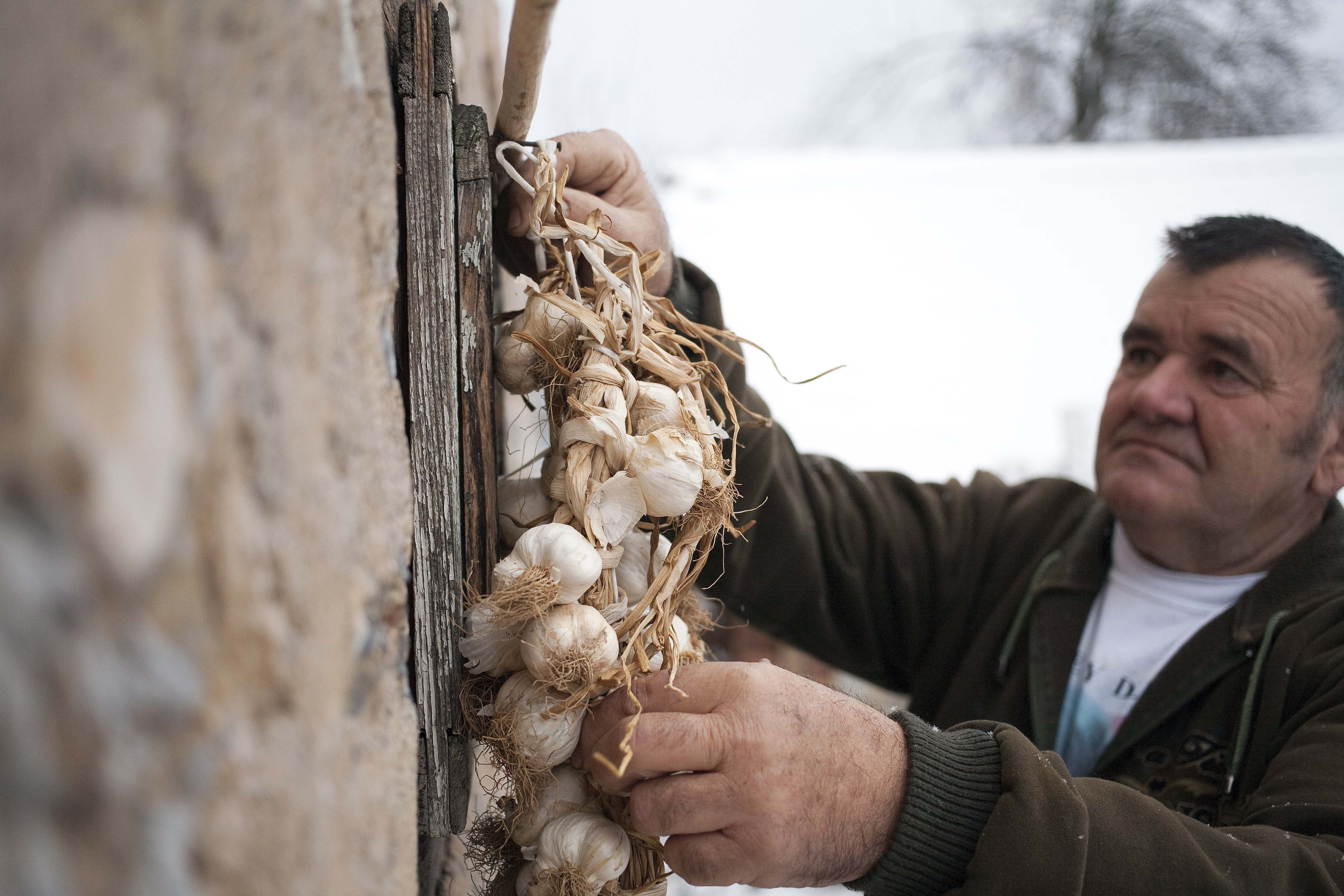
Garlic is a vampire repellent as tried-and-true as silver bullets and sunlight. It’s even used in the American tropics to ward off vampire bats. But why do vampires hate garlic so much? One theory claims that the blood disease porphyria inspired the original European vampire tales. Porphyria’s symptoms are worsened by both garlic and sunlight, which might cause sufferers to avoid them. However, this fails to take into account that garlic has widely been viewed as effective against the supernatural in general, and even non-supernatural misfortune like robbery or wild animal attacks.
“The protective function of garlic bulbs against the evil eye is recognized throughout the western cultural context,” ethnobiologist José A. González wrote in a 2014 paper on the use of garlic in Spain for apotropaic (evil-averting) magic. González described how some residents of rural Spanish villages still carry cloves or heads of garlic in their pockets for protection, or place them beneath the pillows of babies. A similar practice was used to safeguard infants in Ancient Greece. In various European traditions dating back to the Middle Ages, garlic was hung inside or outside the home or worn around the neck, or carried into especially dangerous places like mines.
The plant’s medicinal properties might explain why garlic was considered protective, and may also explain the vampire connection. Garlic contains the antibiotic compound allicin, and its positive effects on the immune system have long been recognized. Before modern literature like Dracula established the trope of the genteel, aristocratic vampire, the creatures were more associated with filth and disease than glamor. Outbreaks of tuberculosis and other illnesses were sometimes blamed on vampires, as occurred in the “New England vampire panic” of the late 19th century. An ingredient that helps cure sickness is a logical choice to keep away the beings that were believed to cause it. Another reason for garlic’s evil-averting reputation might be its overpowering smell, a feature it shares with other protective herbs like rue.
How to Use It: Wear it around your neck, carry a clove in your pocket, or hang strings or wreaths of bulbs near doorways or windows
Where to Find It: Your local grocery store
Rue (Ruta graveolens)

In Friuli in northeastern Italy, 16th-century witch trials revealed a local folk belief in good witches called Benandanti, meaning “Good-doers” or “Good-walkers,” who defended communities and crops from the wicked Malandanti (“Evildoers”). The Benandanti’s spirits left their bodies during sleep to patrol the land and engage their enemies in battle, wielding wands made of fennel and rue.
Rue’s complex, citrusy bitterness, reminiscent of blood orange, made it a popular ingredient in Medieval Europe, and the Ancient Romans were positively obsessed with rue-laced sauces, salads, and marinades. But today, the herb has largely fallen out of favor because it’s toxic in large quantities. This applies to medicinal more than culinary use; in dishes, a little rue goes a very long way due to its intense flavor. In modern Ethiopia, rue is still used to aromatize coffee, and may be included in the spice mixture berbere.
Fortunately, there’s no medical warning against rue’s other major historical use: magical protection. In Early Modern England, rue had such positive associations that it was used to sprinkle holy water at Christian masses and known as the “herb of grace,” as Ophelia states in Hamlet. A sprig of rue could be carried on one’s person or hung over a bed or doorway, and the plant itself could be grown by the door to prevent evil witches from passing. Rue could also be included in a “witch bottle.” These protective charms were made by sealing a tiny bottle filled with one’s own urine, along with items meant to symbolically hurt any witch who tried to harm the bottle’s maker, such as a piece of rue or sharp pins.
“Wild rue” and “Syrian rue” are the English names of Peganum harmala, a similar herb found in West and South Asia. Although it’s not eaten, this rue is also used for spiritual cleansing and protection, especially in Iran and Afghanistan, where it’s known as esfand.
How to Use It: Place a live rue plant near a doorway, carry a pinch of it in your pocket, or make a witch bottle or a protective wand. Rue may be burned as incense in rituals of purification, which is also the most common use for “Syrian rue.”
Where to Find It: Specialty herbal medicine shops or online vendors. It’s easier to find dried rue than fresh nowadays due to its use in traditional medicine. However, I have seen live rue plants for sale at flower shops in New York City’s Flushing Chinatown.
Hawthorn (various Crataegus species)
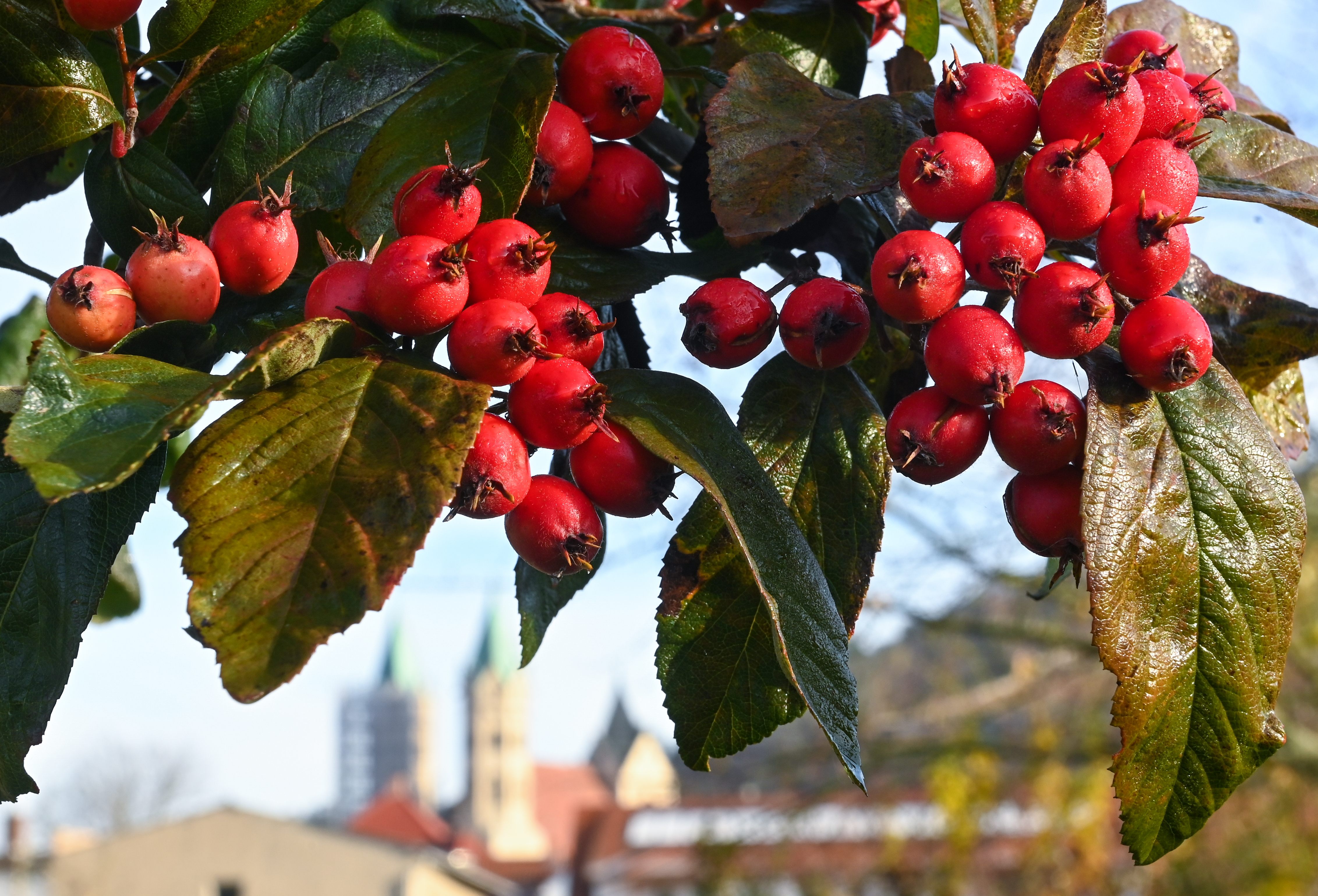
Along with rowan, hawthorn was regarded as one of the most magical trees in European folklore. Haw comes from the Old English word for “hedge,” and because the tree was grown for boundary-marking hedges, it was believed to form a barrier against evil. In the Balkans, the stakes driven into the hearts of corpses to prevent them from becoming vampires were traditionally carved from hawthorn wood. ABC News reported that the inhabitants of one Serbian village were sharpening hawthorn stakes for this purpose as recently as 2012.
In Central Europe and Britain, hawthorn branches were hung over doorways for protection well into the 19th century. However, the flowers of hawthorn were also associated with death in British folklore because they smell like rotting flesh, thanks to the chemical trimethylamine, which is found in both. It was believed that bringing hawthorn flowers inside a home would bring tragedy to the family, and hawthorn was even known as “mother-die,” a name also used for several poisonous plants.
But far from being poisonous, hawthorn’s crunchy, apple-like fruits have a tart flavor and a high vitamin content. Eaten throughout the Northern Hemisphere, hawthorn fruit was so important to early settlers of Manitoulin Island in Ontario, Canada that locals are still known as “haw-eaters.” In Mexico, whole hawthorn fruits (tejocotes) are a key ingredient in Christmas punch, while in China, they are skewered and dipped in crunchy sugar to make the street snack tanghulu.
How to Use It: Stake vampires with hawthorn wood, or hang branches or wreaths of hawthorn above the doorway (but don’t bring the flowers inside)
Where to Find It: Various species of hawthorn grow wild in North America, Europe, and Asia. Assuming that the powers of the tree extend to its fruit, a Chinese grocery store might be your best bet to find commercial products made with hawthorn. These include soft drinks and filled pastries as well as candies like “Haw Flakes:” crumbly, coin-shaped discs of dried hawthorn often regarded as a nostalgic classic. But can a roll of Haw Flakes hung over your door keep away evil spirits in the same way as a wreath of fresh hawthorn boughs? It can’t hurt to try.

Gastro Obscura covers the world’s most wondrous food and drink.
Sign up for our email, delivered twice a week.







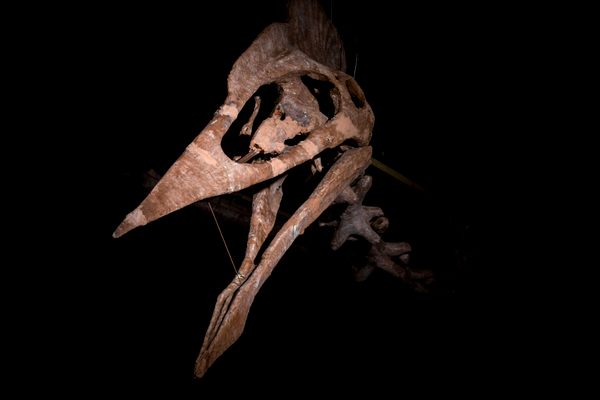
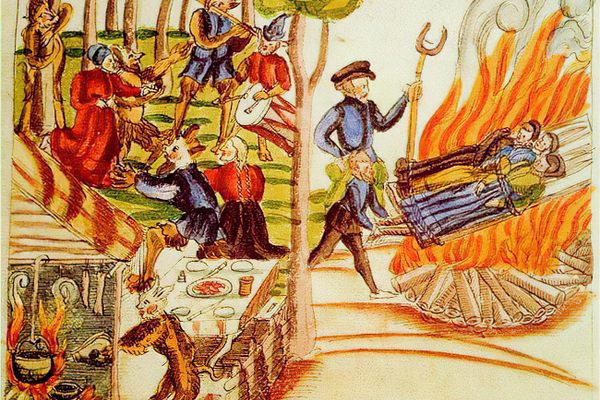













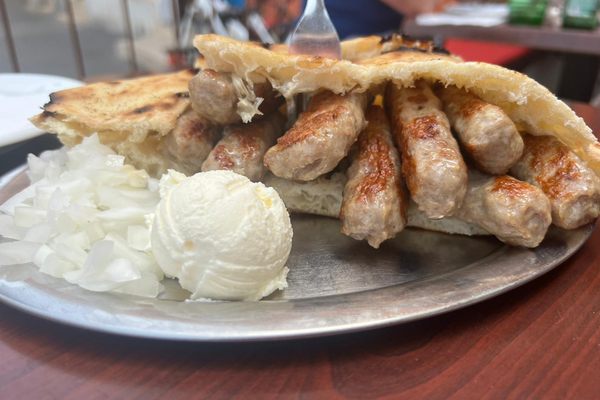


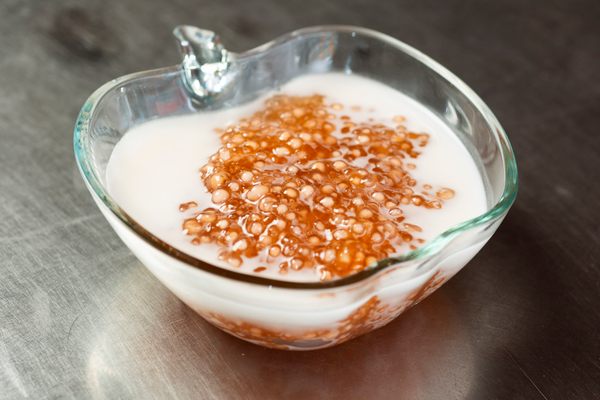


Follow us on Twitter to get the latest on the world's hidden wonders.
Like us on Facebook to get the latest on the world's hidden wonders.
Follow us on Twitter Like us on Facebook